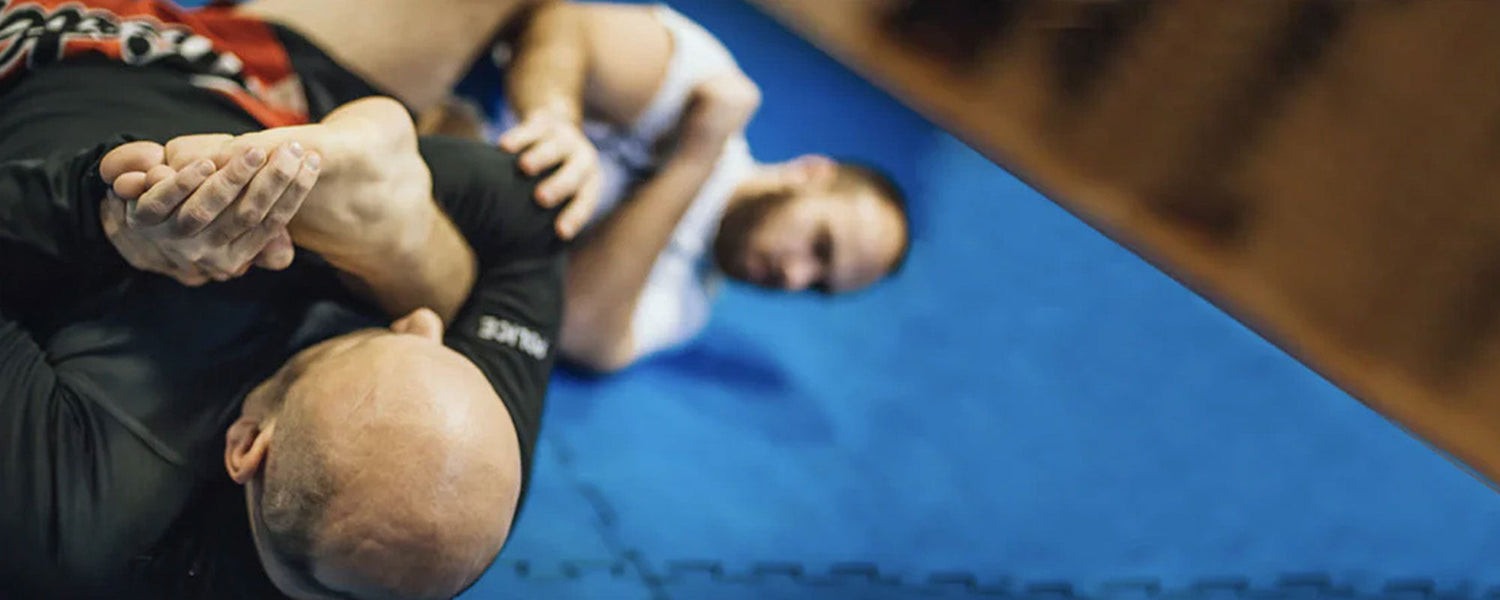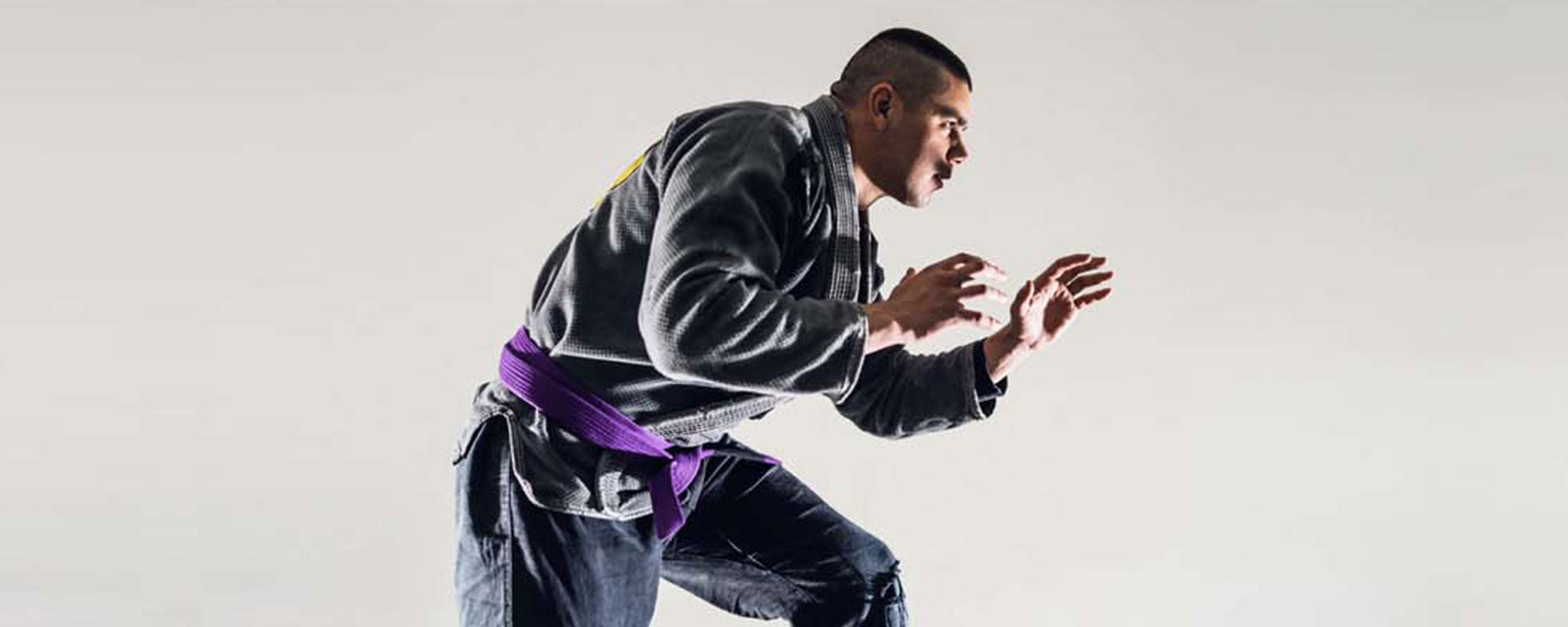Table of content
In the course of progressing in Brazilian jiu-jitsu, you must be aware of the moves, techniques, and strategies that you can use or avoid. There are plenty of restricted moves that you cannot use at different belt levels in BJJ such as suplex.
Although there are a number of BJJ bodies and organizations that have different rules and regulations, we are going to discuss ten of the illegal moves by following the International Brazilian Jiu-Jitsu Federation’s ruleset.
1. Jumping the Closed Guard
Unknowingly, a huge number of athletes use this move in their fights. With this move, you jump to closed guards over your opponent, and it makes them keep you safe from falling.
A large number of knee injuries are found as a result of this move. The standing person usually receives hyperextension or dislocations. That is why the IBJJF has marked it as an illegal move in all kinds of competitions.
2. Spinal Lock without the Choke
In IBJJF competitions, no kind of spinal lock is allowed, including twisters. A spinal lock is basically a multiple joint lock that is applied to the spinal column and is performed by forcing the spine beyond its normal motion range.
A forceful application of this move can result in damage to the ligament. That is why in BJJ and all kinds of jiu-jitsu competitions, this move is listed as illegal by the authorities. Application of this move can result in your disqualification from the competition.
3. Heel Hooks
The heel hook is not a much-liked move in BJJ and the international BJJ body has declared it illegal at all levels. A heel hook is a leg lock that entails trapping the foot at a specific angle and applying a twisting motion to the joint of the knee.
A lot of people hate this move owing to the injuries that resulted from it. As a result, unless you are a brown and black belt, you cannot use it in BJJ Gi and No-Gi competitions.
4. Scissors Takedown
Scissors takedown, or Kani Basmi, is one of the oldest techniques that are used in both judo and Brazilian jiu-jitsu and is performed by attacking with the legs. The reason for its listing as an illegal move is the massive damage that it can cause to the knees of opponents.
The reason that it is called the "scissor takedown" is the motion of the legs. The purpose of this move is to take your opponent to the ground quickly. Considering the harm this move can do to the opponents, the IBJJF has listed it as illegal.
However, there are terms and conditions set by the body for its usage in the sport.
5. Knee Reaping
In a knee reap, you swing your leg towards the opponent’s opposite side while having them in a foot lock. Then, you apply pressure to the opponent’s knees and cause an inward bend. Most of the legit competitions do not allow us to use it.
According to the ruleset of UAEJJF too, you cannot use this move at any level of competition to harm your opponents. So, being aware of this prohibited move can help you claim your opponent’s disqualification in case you find them using it.
6. Backward Finger Bending
Backward bending of fingers is not allowed at all. However, if you are going to use it for a wristlock, you should be holding all four fingers. Basically, this move is related to small joint manipulation.
A lot of athletes use it for the escaping purpose, to hyperextend the hands or toe joints of their opponents. Given the consequences and long-standing issues, all of the major combat sports organizations, including the IBJJF, MMA, and Judo Federations, have declared it illegal at all levels.
7. Suplex Takedowns
One of the illegal techniques that can result in immediate disqualification is the Suplex. In BJJ, you cannot use any type of suplex in which you pick your opponents and slam them to the ground. Most grappling sports restrict the use of suplexes.
Suplex can possibly cause back pain, shortness of breath, and paralyzing. These outcomes made the IBJJF consider this technique illegal.
Therefore, do not ever use it in any of your BJJ competitions if you don’t want to get disqualified.
8. Slams
According to the rule list of the IBJJF, all types of slams are illegal in all BJJ Gi and No-Gi competitions. All forms of slam, whether from the closed guard, from the back, or from the armbar, are illegal.
You are not allowed to pick your opponent’s up and slam them to the ground. Attempting this move can surely result in a prompt disqualification. As for the slamming, the rules of the IBJJF are quite adamant.
However, the international body also restricts you from throwing opponents onto their necks. So, despite your level in BJJ, this move is illegal for you.
9. Locks Twisting the Knees
At every level of the sport, you can use a lot of leg locks to trap your opponents during a match. But do not ever mix it up with the twisting knee of the opponent during combat, as it will lead you straight to automatic disqualification.
Whether you are going for the straight ankle lock, kneebars, or calf slicer, the involvement of twisting can make it unlawful for you. Avoiding twists while doing leg locks can keep you in the game.
10. Toe Hold, Turning the Foot Outward
Toe hold is one of the most useful techniques used in the BJJ combats but the rule is turning toes inward. According to the IBJJF’s rule set and most of the other organizations, you cannot turn the foot outward with a reverse hold grip.
Turning the foot outward can cause rolling of the ankle and damage to the collateral ligaments in the knee. So, be within the provided limits and play by the rules in each of your BJJ games at every level.
Acknowledging these prohibited moves is essential not only for avoiding them but also for using them for the disqualification of your opponents if they use prohibited moves.
Therefore, whatever your rank in BJJ belts is, do not use these moves in your competitions to stay compliant with the IBJJF’s ruleset.













Leave a comment
This site is protected by hCaptcha and the hCaptcha Privacy Policy and Terms of Service apply.